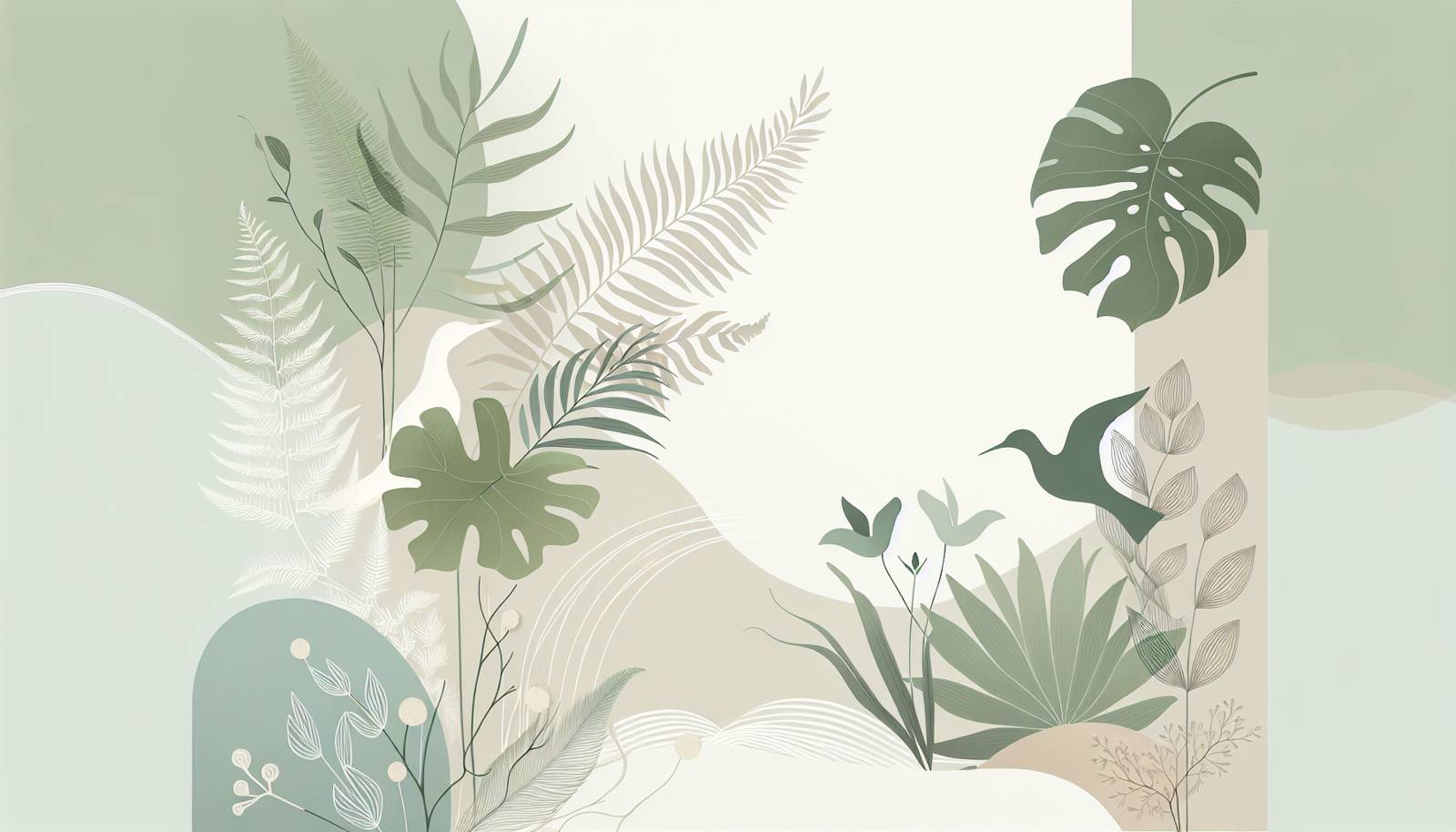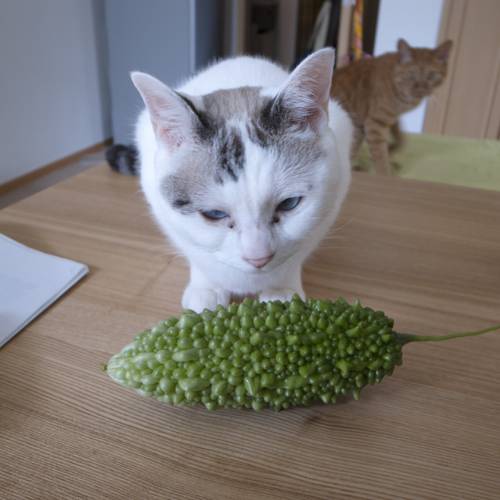
FAQ About Indoor Plant Companion Animals

Which indoor plants are safe for cats?
Some indoor plants that are safe for cats include spider plants, Boston ferns, and bamboo palms. These plants are non-toxic and will not harm your feline friends if ingested. However, it's always a good idea to keep plants out of reach to prevent any mischievous nibbling and to consult with a veterinarian if you suspect your cat has ingested any unfamiliar plant.

Are succulents safe to keep around dogs?
While many succulents are pet-friendly, some, such as aloe vera and jade plants, can be toxic to dogs. If you have pets at home, consider opting for non-toxic succulent varieties like Echeveria or Haworthia. Always double-check with a reliable source before introducing new plants into your home with pets.

How can I protect my indoor plants from curious pets?
To protect indoor plants from pets, try placing them on high shelves or using hanging planters. Additionally, utilizing plant stands or decorative barriers can help keep plants out of reach. Providing your pets with their own safe plants like cat grass or offering interactive toys can also distract them from tampering with your houseplants.

What animals are commonly kept as companions with indoor plants?
Common companion animals for households with indoor plants include cats, dogs, birds, fish, and small mammals like rabbits and guinea pigs. When integrating pets and plants, it is crucial to research the specific needs and compatibilities of each to prevent accidental poisoning or damage to either pets or plants.

Can rabbits coexist safely with indoor plants?
Rabbits can coexist with indoor plants, but it's essential to ensure the plants are non-toxic, as rabbits have a tendency to chew on anything within reach. Safe options include herbs like basil, cilantro, and parsley. Always avoid plants that can be harmful, such as ivy or hydrangeas.

What are the signs that a pet has eaten a toxic plant?
Signs that a pet may have eaten a toxic plant include vomiting, diarrhea, drooling, lethargy, lack of appetite, or more severe symptoms such as seizures or difficulty breathing. If you suspect your pet has ingested something harmful, seek veterinary care immediately.

Can fish tanks and indoor plants be beneficial together?
Yes, fish tanks and indoor plants can create a mutually beneficial environment. Plants can be used in aquascaping, assisting in maintaining water quality by absorbing nitrates from fish waste. Additionally, the humidity from the fish tank can benefit nearby humidity-loving plants like ferns and mosses.

Which indoor plants are safe for birds?
Indoor plants safe for birds include spider plants, bamboo palms, and parlor palms. These plants are non-toxic and can coexist peacefully with avian friends. As birds love to chew, it’s vital to ensure all indoor plants are verified as bird-safe before allowing interactions.

How do I prevent pets from digging in plant pots?
To prevent pets from digging in plant pots, you can cover the soil with decorative stones or use a layer of chicken wire just beneath the soil's surface. Additionally, providing separate play sandboxes or dedicated digging areas for dogs or other digging-prone pets can deter them from targeting plant pots.

Are there any indoor plants beneficial for pets?
Certain plants like catnip or cat grass (usually wheatgrass or oat grass) are beneficial for pets, particularly cats, providing them with entertainment and enrichment. It is important to ensure these are safe and suitable for your specific pets before incorporation.

What steps should I take when introducing a new pet to a home full of plants?
When introducing a new pet to a plant-filled home, begin by researching which of your plants might be harmful. Remove or secure any potentially toxic ones, and place others out of reach. Gradually expose the pet to the plants while monitoring their behavior to ensure they show no harmful interest.

What indoor plants are considered toxic to pets?
Common indoor plants that are toxic to pets include lilies, philodendrons, pothos, and sago palms. Each of these can cause severe health issues if ingested by pets, so it is crucial to avoid them in homes with animals or ensure they are entirely inaccessible.

Can small mammals like guinea pigs live safely with indoor plants?
Small mammals like guinea pigs can safely live with indoor plants, but you should ensure these plants are non-toxic and not within easy reach of the animals. Safe plant choices include herbs like dill and rosemary but always keep an eye on their behavior to prevent excessive nibbling.

What are some ways plants benefit indoor animals?
Plants can benefit indoor animals by improving air quality, providing humidity, and offering stimulation and enrichment. Certain plants like cat grass can give cats safe chomping options while enhancing their indoor space aesthetically and physically.

How do humidity levels from indoor plants affect pets?
Increased humidity from indoor plants can be beneficial particularly for reptiles and amphibians that require higher moisture environments. This humidity can also prevent dryness in drier climates during heating months and provide a more comfortable atmosphere for pets.

Can turtles live with indoor plants?
Turtles can live with indoor plants, especially if they are aquatic turtles within a tank setup. It's important to verify that any plants are non-toxic in case the turtle attempts to nibble on them. Aquatic plant species such as anubias and java fern can complement a turtle's habitat.

Which houseplants can improve air quality without harming pets?
Houseplants like spider plants, bamboo palm, and Boston fern are great at purifying air and are non-toxic to pets, making them an excellent choice for improving indoor air quality without posing a risk to your furry or feathered friends.

Are there tech solutions to help manage pets and plants together?
There are various tech solutions available, such as automatic pet deterrent sprays and smart plant monitors. These can help manage a home's ecosystem by ensuring pets do not damage plants and monitoring plant health to ensure they thrive alongside resident animals.

What common mistakes should pet owners avoid with indoor plants?
A common mistake is assuming all indoor plants are safe. Ensure to research every plant's compatibility with pets. Avoid placing plants at pet reach and ensure even safe plants are monitored since pets might over-consume non-toxic plants and fall sick.
